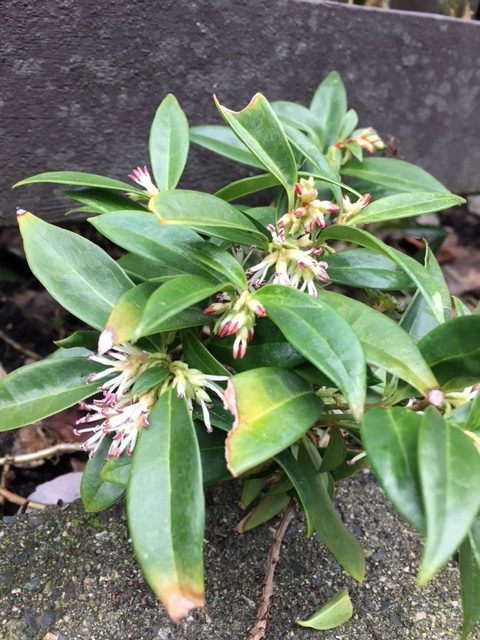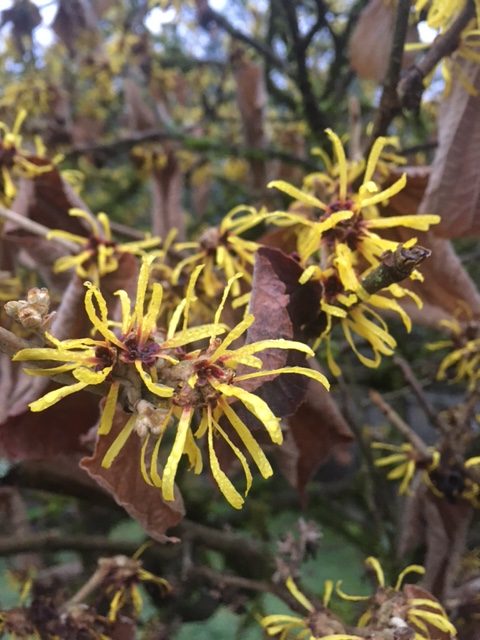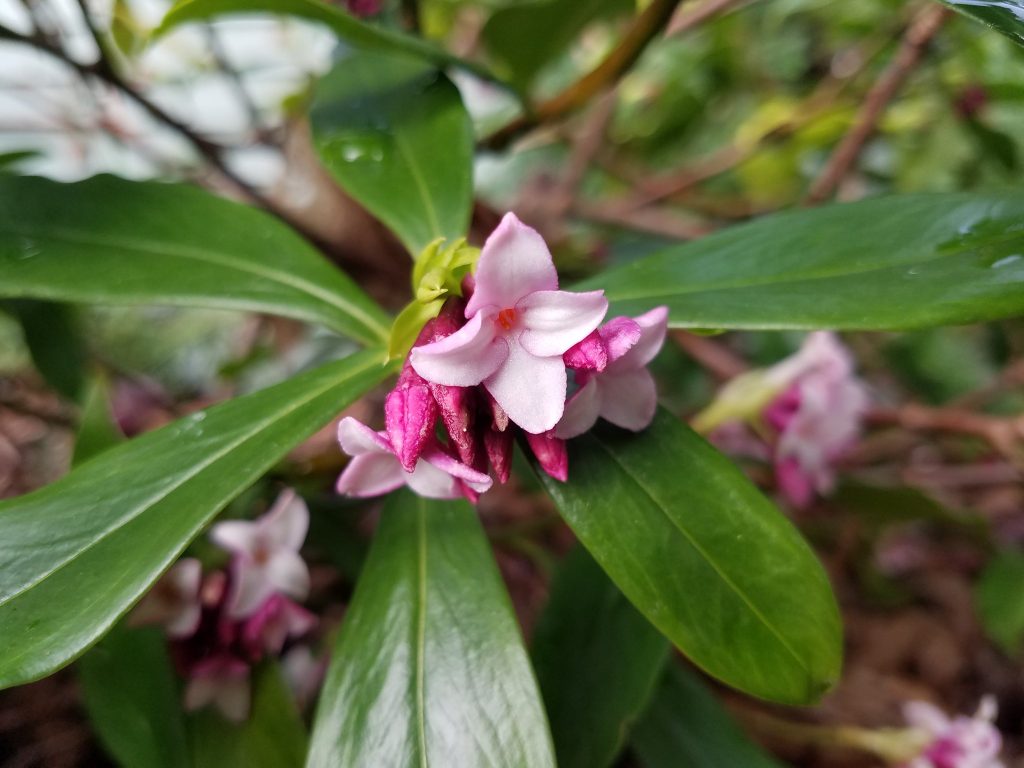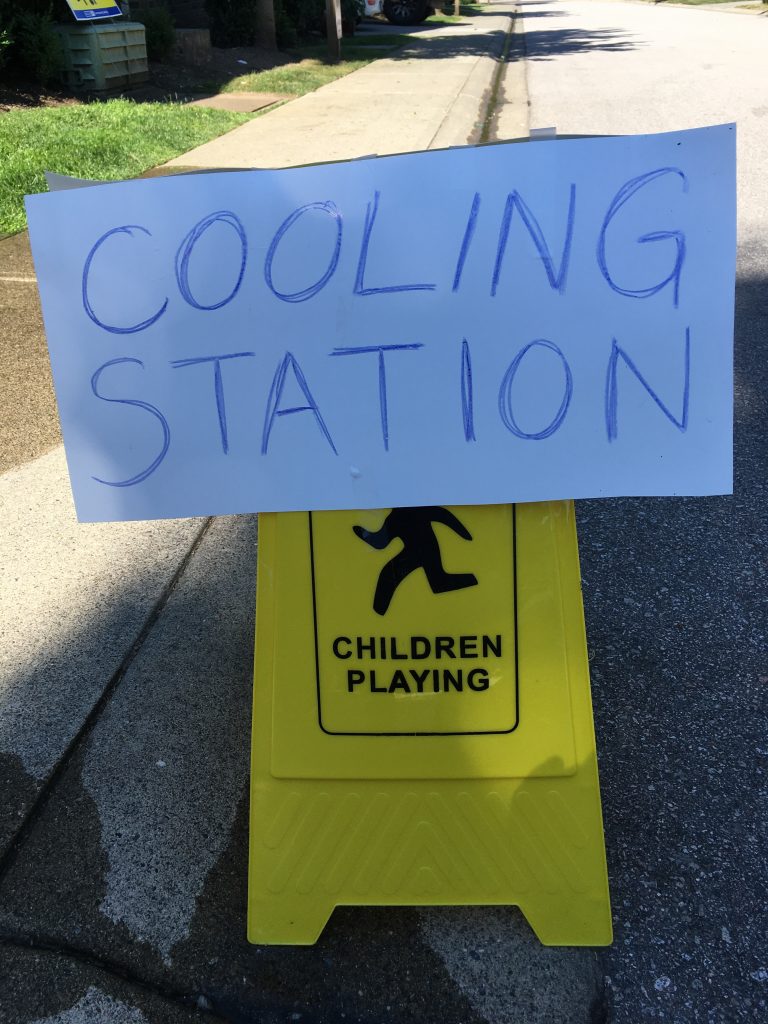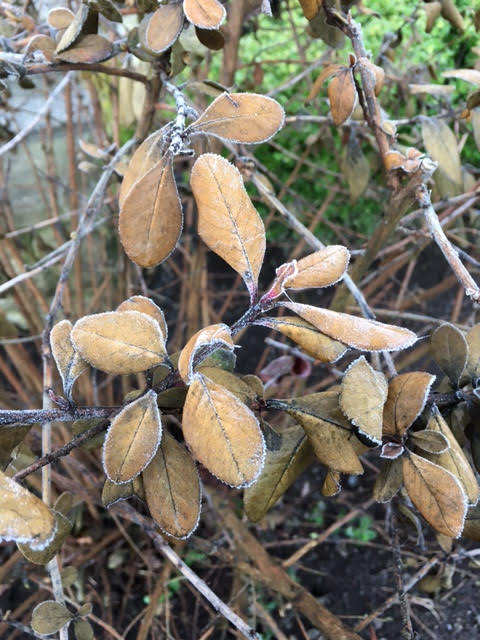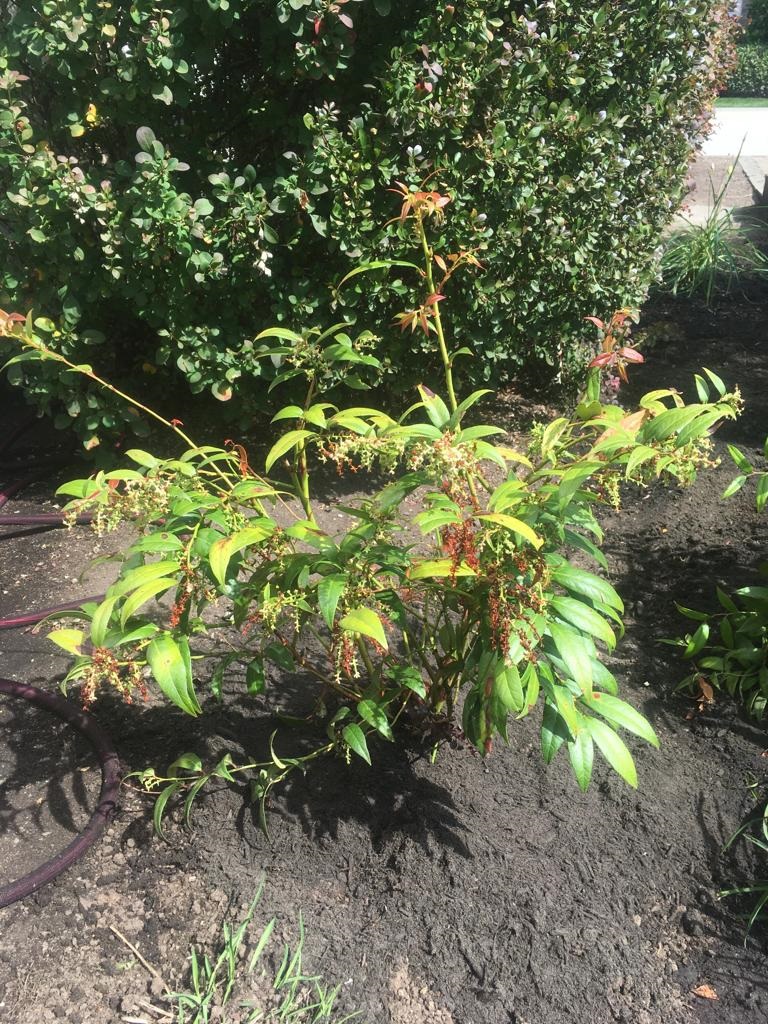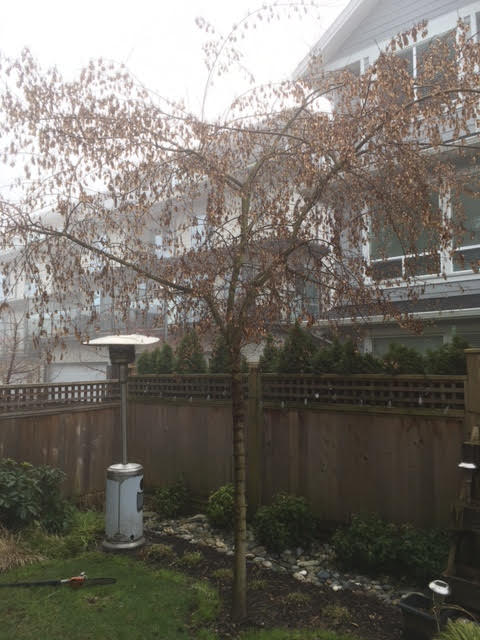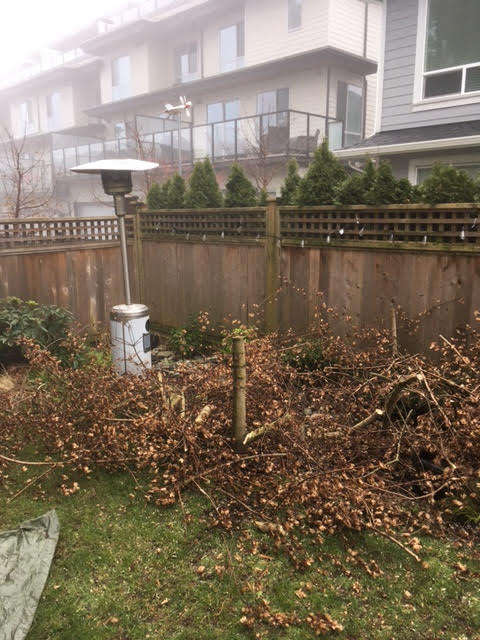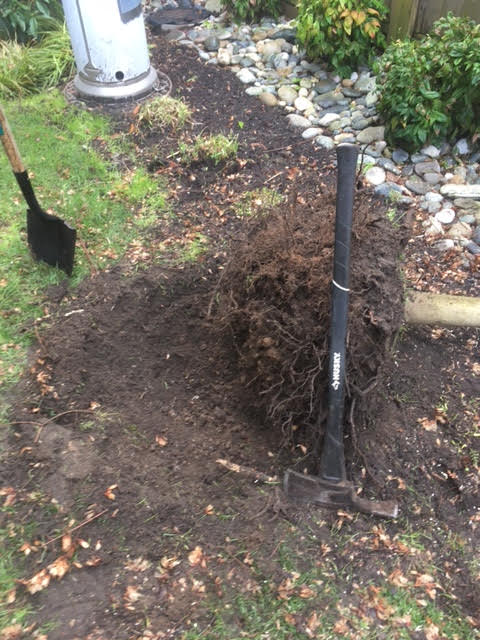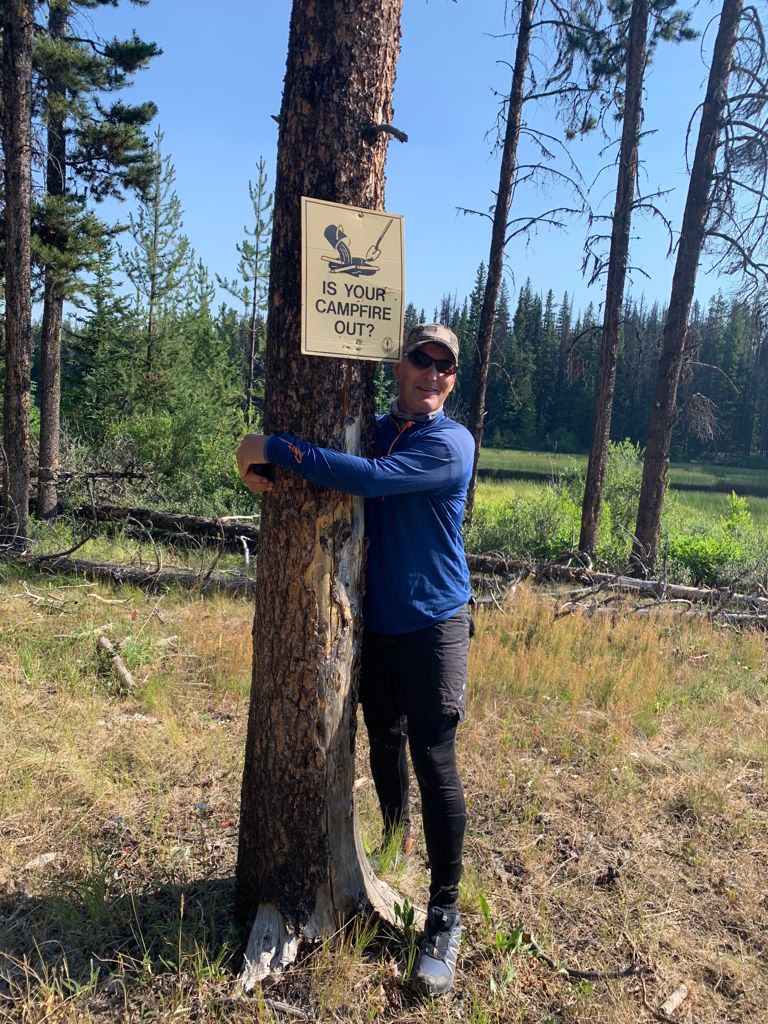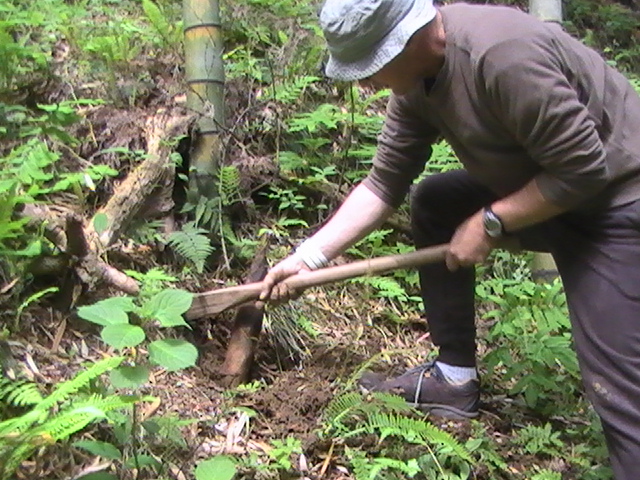Weird requests
I’m used to being dragged away from my regular landscape duties by caretakers, but sometimes it’s hard to swallow the weird requests they assault me with. Take last week, as an example. It was late in our shift and we were barely thirty minutes away from calling it a day.
Then, out he came, caretaker on a mission, sneezing and looking like he had Omicron. Now, he’s a great guy and a huge ally. But I couldn’t believe what he was asking me to do.
Annihilation
The poor caretaker was suffering from terrible allergies. Allegedly he had trouble breathing at night, his eyes watered and his nose was runny, like a pre-schooler’s. So of course, right away I thought that taking a COVID rapid test would have been a great idea but I’m not a doctor.
To avoid stuffing his body with pills and adding to Big Pharma’s profits, he needed me to level a patch of Sarcococca growing under his windows. The evergreen shrub flowers now, in February, and produces a sweet fragrance, especially when mass-planted.
Now, I had never before heard of anyone suffering allergic reactions from Sarcococcas. It’s plausible, I guess, but weird. And so was his request.
I did hear from a Facebook friend who claims to suffer nasty headaches from the fragrance.
So, out came my power shears. And before I annihilated the plants, the caretaker reminded me to watch out for the sprinkler heads. Last year, all of them got slashed.
The only trick was to hand snip the plants from all of the wall edges and from around the irrigation sprinklers. Then we raked up most of the mutilated plant material and went home. I promised myself I would blog about this. Perhaps there are other caretakers like this.
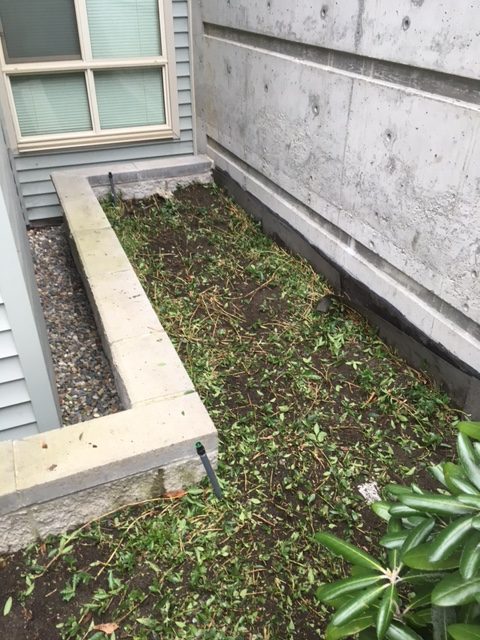
It looks like hell but, luckily, it’s a very low profile corner. Long term, it should be changed over, assuming there is budget.
Like COVID, weird requests aren’t going away anytime soon. I have to learn to live with them and decline the ones that are clearly over-the-top.


